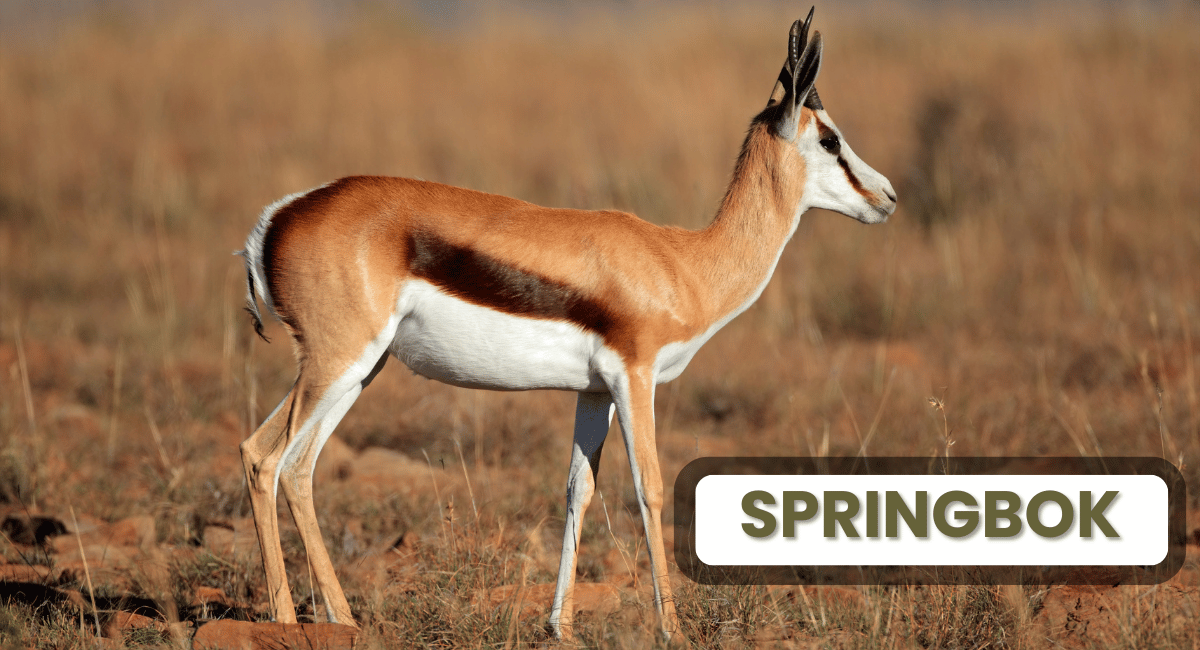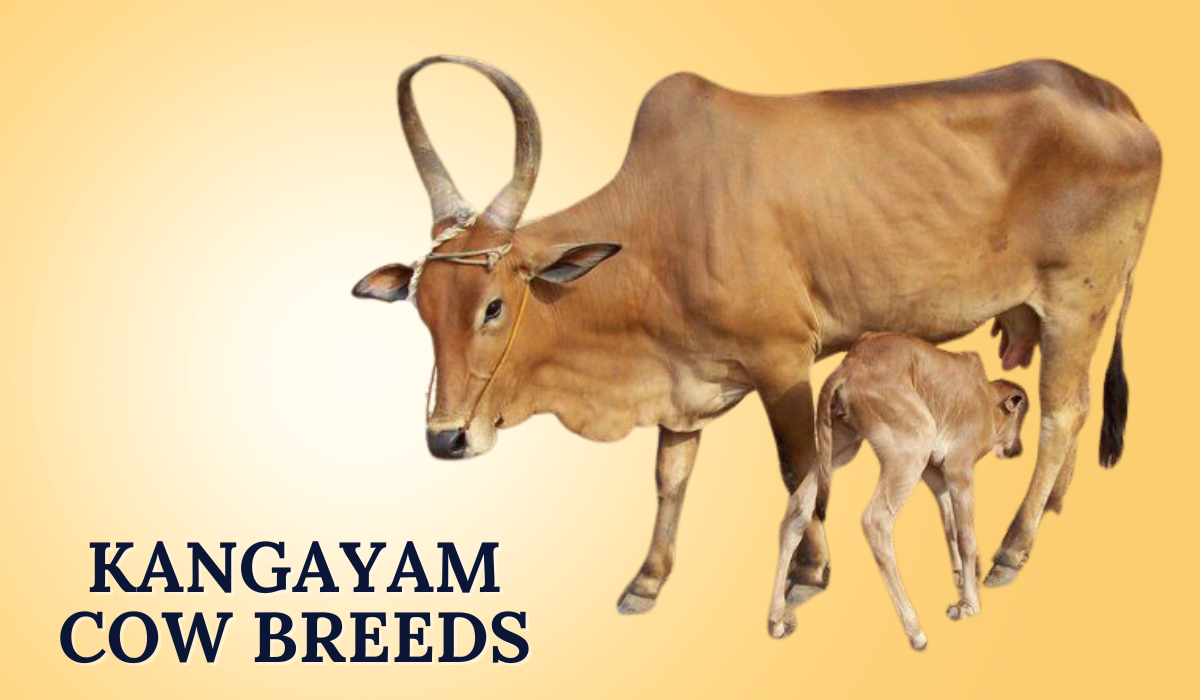The springbok, a graceful and agile antelope, is one of the most iconic creatures of the African savannah. Renowned for its speed and unique behavior, the springbok is a symbol of resilience and beauty. With its slender body and striking coat, this remarkable animal thrives in southern Africa’s harsh landscapes. It is perfectly adapted to arid conditions. Its ability to sprint at astonishing speeds places it among the fastest animals in the world. This showcases nature’s ingenuity in survival.
Beyond its speed, the springbok exhibits fascinating behaviors like pronking. This impressive leap confuses predators and displays its vitality. As an elegant antelope, it plays a crucial role in its ecosystem. It helps maintain plant life and serves as a vital prey species. The springbok’s adaptability to extreme conditions makes it a marvel of the wild. Its cultural significance in the region highlights the intricate web of life in the African plains.
Springbok: A Marvel of the African Savannah
The springbok is one of the most fascinating creatures of the African plains. Known for its incredible agility and speed, the springbok holds a special place among the fastest animals in the world. This antelope is not just a symbol of grace but also a resilient survivor of the harsh conditions of the savannah. In this article, we delve into the springbok’s life and characteristics, exploring its role in the ecosystem, its unique adaptations, and its significance in the animal kingdom.
Physical Characteristics and Adaptations
The springbok’s sleek and muscular build contributes to its remarkable speed and agility. With a height of about 80 centimeters at the shoulder and a weight of 30 to 48 kilograms, the springbok is built for endurance and speed. Its slender legs and compact body enable it to be a contender among the fastest animals in the world.
The springbok’s coat is another distinctive feature. Its light brown fur with white underparts and a dark stripe along its sides provides effective camouflage in arid landscapes. The striking white fur on its face, belly, and rump serves as a signaling mechanism during its unique pronking behavior.
Habitat and Distribution
Springboks are primarily found in the dry regions of southern Africa, including the Kalahari Desert and the Karoo. Their ability to thrive in these harsh environments is a testament to their adaptability. Unlike the largest animal in the world, which often relies on abundant water sources, the springbok has evolved to survive with minimal water intake.
These antelopes have a unique adaptation that allows them to extract moisture from the food they consume. This ability enables them to survive in arid conditions where other animals might struggle. Their preference for open plains and grasslands helps them avoid predators by relying on their keen eyesight and incredible speed.
Feeding Habits
Springboks are herbivores, primarily feeding on grasses, shrubs, and succulents. Their diet varies depending on the availability of food, allowing them to adapt to seasonal changes. This flexibility in their diet is crucial for their survival in the unpredictable climates of southern Africa.
Unlike some of the largest animals in the world that require vast quantities of food daily, the springbok can sustain itself on a relatively modest diet. This efficiency is one of the reasons why they have thrived in some of the most inhospitable environments on the planet.
Speed and Agility
The springbok’s speed is legendary, often reaching up to 90 kilometers per hour. This makes it one of the fastest land animals and a prominent member of the fastest animals in the world category. Its ability to make sudden turns and leaps, known as pronking, confuses predators and enhances its chances of escape.
Pronking is not just a defensive mechanism but also a display of strength and vitality. This behavior is most often observed during the mating season, where males compete for the attention of females. The springbok’s agility is not just about survival but also about showcasing its physical prowess.
Reproductive Behavior
Springboks have a polygynous mating system, where dominant males mate with multiple females. The mating season usually occurs during the rainy season when food is abundant, ensuring that the young have a higher chance of survival.
After a gestation period of about six months, a single lamb is born. Unlike the largest animal in the world, which often has longer gestation periods and fewer offspring, the springbok’s reproductive strategy focuses on quick turnover and adaptability. The young springboks, known as lambs, are capable of standing and running within hours of birth, a crucial survival trait in the wild.
Social Structure and Behavior
Springboks are social animals, often seen in herds ranging from a few individuals to hundreds. These herds provide safety in numbers, reducing the risk of predation. The herds are generally composed of females, their young, and a few dominant males.
The social structure of the springbok is essential for their survival. In times of drought, these herds can cover large distances in search of food and water. Unlike the largest animal in the world, which might travel in smaller family units, the springbok’s herding behavior offers collective protection and resource-sharing.
Predators and Defense Mechanisms
Springboks are constantly on the lookout for danger, facing threats from several formidable predators, including cheetahs, lions, and hyenas. These large carnivores are always hunting for their next meal, making survival a daily challenge for the springbok. Their primary defense mechanism is their incredible speed, which allows them to outrun many of their predators. With the ability to reach speeds of up to 90 kilometers per hour, springboks are celebrated as one of the fastest land animals on the planet. This remarkable speed not only helps them escape from predators but also serves as a deterrent, as many hunters find it difficult to catch such swift prey.
In addition to their sheer velocity, springboks exhibit a unique behavior known as pronking, which plays a significant role in their evasion tactics. When threatened, they leap high into the air in a series of impressive bounds. This behavior not only confuses predators by making it difficult to predict their movements but also signals their alertness to potential danger. By showcasing their agility, springboks effectively communicate their fitness and vitality, which may discourage predators from pursuing them. This unique defensive strategy, combined with their exceptional speed, positions them as one of the most resilient animals in their habitat and reinforces their reputation as one of the fastest animals in the world. As they navigate the challenges of survival in the wild, springboks demonstrate the intricate adaptations that allow them to thrive despite the constant threat of
Role in the Ecosystem
The springbok plays a vital role in the ecosystem as both a grazer and prey species. By feeding on grasses and shrubs, they help maintain the balance of plant life in their habitat. Their grazing habits also promote new plant growth, contributing to the health of the ecosystem.
As a prey species, springboks are an essential part of the food chain. They provide sustenance for some of the top predators in the savannah. Unlike the largest animal in the world, which might have fewer natural predators, the springbok’s role as prey ensures the survival of many predator species, maintaining the ecological balance.
Conservation Status
The springbok is currently classified as a species of least concern by the International Union for Conservation of Nature (IUCN), indicating that its populations are stable for now. However, this status does not mean the springbok is free from threats. Habitat loss due to expanding human settlements, agriculture, and infrastructure development is gradually encroaching on the open plains they depend on. Additionally, hunting—both legal and illegal—poses a significant risk, especially in areas where wildlife management is less stringent. These pressures underscore the need for ongoing conservation efforts to ensure that this magnificent antelope, celebrated as one of the fastest land animals, continues to thrive in its natural habitat.
Protected areas and national parks across southern Africa play a crucial role in safeguarding springbok populations. These reserves provide a sanctuary where springboks can roam freely, away from human-induced threats. Unlike the largest animal in the world, which often requires extensive and complex conservation programs involving large-scale habitat protection and international cooperation, the springbok benefits from more targeted and localized conservation measures. Efforts such as anti-poaching patrols, habitat restoration, and sustainable wildlife management have proven effective in maintaining healthy springbok populations. Ensuring their survival not only preserves one of the most iconic species of the savannah but also helps maintain the ecological balance in these regions. By protecting this fastest land animal, conservationists contribute to the overall health and diversity of the ecosystem, benefiting countless other species as well.
Cultural and Economic Significance
The springbok holds deep cultural significance in many African communities. It is celebrated as a symbol of vitality and endurance. As the national animal of South Africa, the springbok embodies strength, agility, and resilience. These traits are highly admired in the region’s cultural heritage. This elegant antelope often appears in folklore, art, and national emblems. Its presence reflects its important role in the cultural identity of the people.
The springbok’s speed, agility, and grace make it a revered figure. It showcases the natural beauty and adaptability of the African wilderness. Economically, the springbok plays a crucial role in eco-tourism. Visitors from around the world come to witness its extraordinary capabilities. Tourists flock to southern Africa to see the springbok in its natural habitat. They marvel at its status as one of the fastest animals in the world.
Known for its remarkable sprints, the springbok is among the fastest land animals. It reaches impressive speeds that leave spectators in awe. This unique appeal boosts tourism and supports conservation initiatives. Additionally, it strengthens local economies. Regulated hunting and wildlife safaris contribute to sustainable wildlife management. They ensure that the springbok continues to thrive while benefiting surrounding communities. Its role as both a cultural icon and economic driver highlights its significance. The springbok holds a special place in both the hearts and livelihoods of the people.



